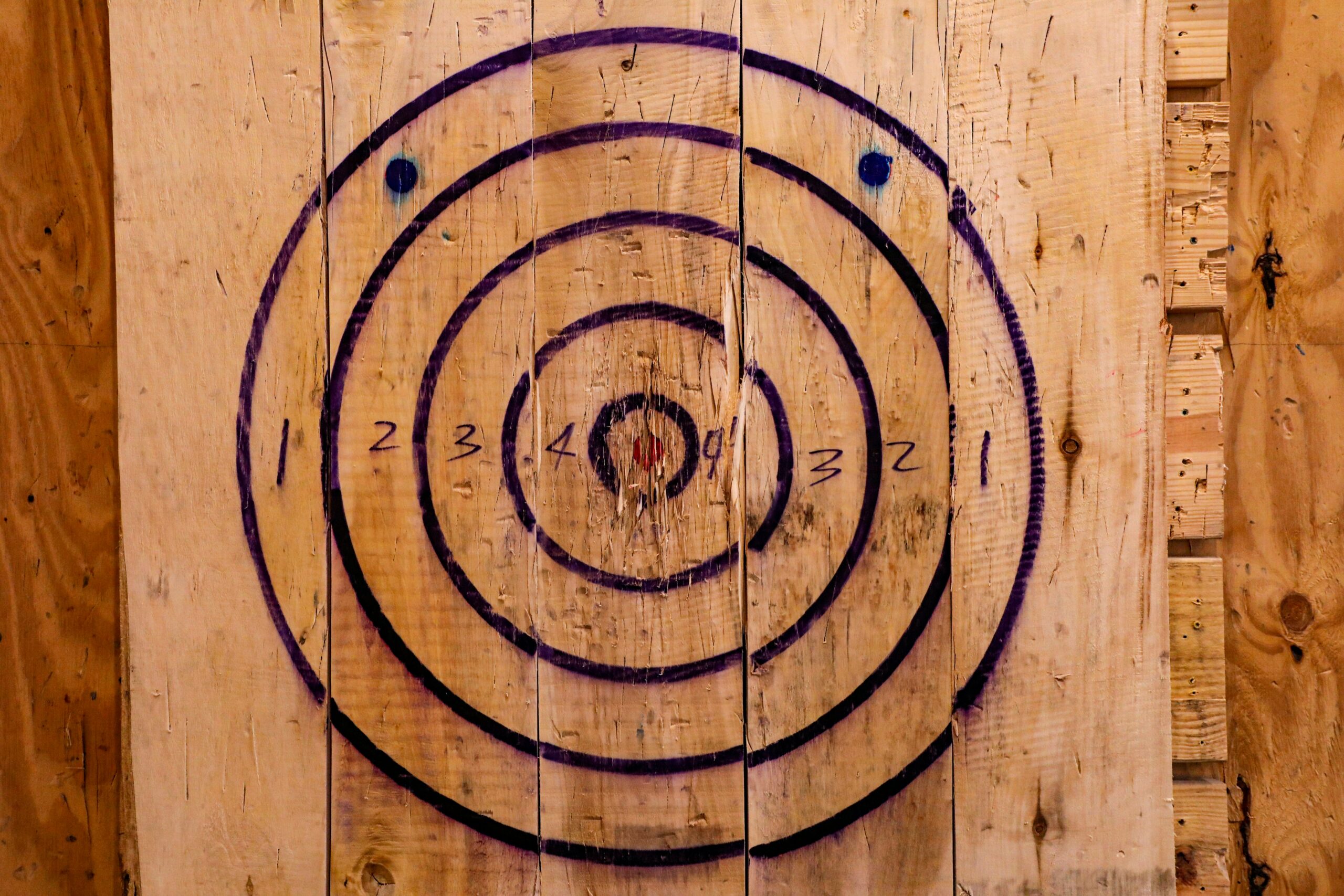Axe throwing is an exciting sport but can seem daunting for beginners. This guide will help you master the basics of axe throwing, from choosing the right equipment to perfecting your technique. We’ll cover essential safety measures and provide tips to improve your accuracy. By the end of this guide, you’ll have the knowledge and confidence to start your axe-throwing journey with skill and enthusiasm.
Key Takeaways
- Understanding axe throwing fundamentals provides a solid foundation for skill development and enjoyment
- Proper safety measures, including stance, grip, and protective gear, are crucial for beginners
- Mastering one-handed and two-handed throws is essential for developing consistency and accuracy
- Regular practice and attention to form help beginners improve their throwing techniques
- Engaging with the axe-throwing community offers opportunities to learn from experienced throwers and participate in competitions
Understanding the Fundamentals of Axe Throwing

Understanding the fundamentals of axe throwing is essential for beginners. This section explores the sport’s origins, recent revival, different styles and variations, and key terminology. Mastering these basics provides a solid foundation for new throwers, setting the stage for skill development and enjoyment of this engaging activity.
The Origins and Revival of Axe Throwing
Axe throwing has roots in ancient combat and lumberjack competitions. It has recently experienced a revival as a popular recreational activity. The modern sport gained traction in urban areas, with dedicated venues offering a unique blend of skill, precision, and social interaction:
Different Styles and Variations of the Sport
Axe throwing encompasses various styles and variations, each offering unique challenges and techniques. The most common styles include single-handed and double-handed throws, with targets ranging from traditional bullseyes to specialized game boards. Some popular variations include:
- NATF (National Axe Throwing Federation) style
- WATL (World Axe Throwing League) rules
- Trick shots and competitive formats
These different approaches allow beginners to explore and find their preferred throwing method while developing their skills.
Basic Terminology Every Beginner Should Know
Axe-throwing beginners should familiarize themselves with key terms to enhance their understanding and communication within the sport. Essential terminology includes “blade” (the sharp edge of the axe), “handle” (the part held during throwing), “rotation” (the axe’s spin in flight), and “stick” (when the axe successfully embeds in the target). Mastering these terms helps new throwers grasp techniques, follow instructions, and engage more effectively in the axe-throwing community.
Selecting the Right Axe and Equipment
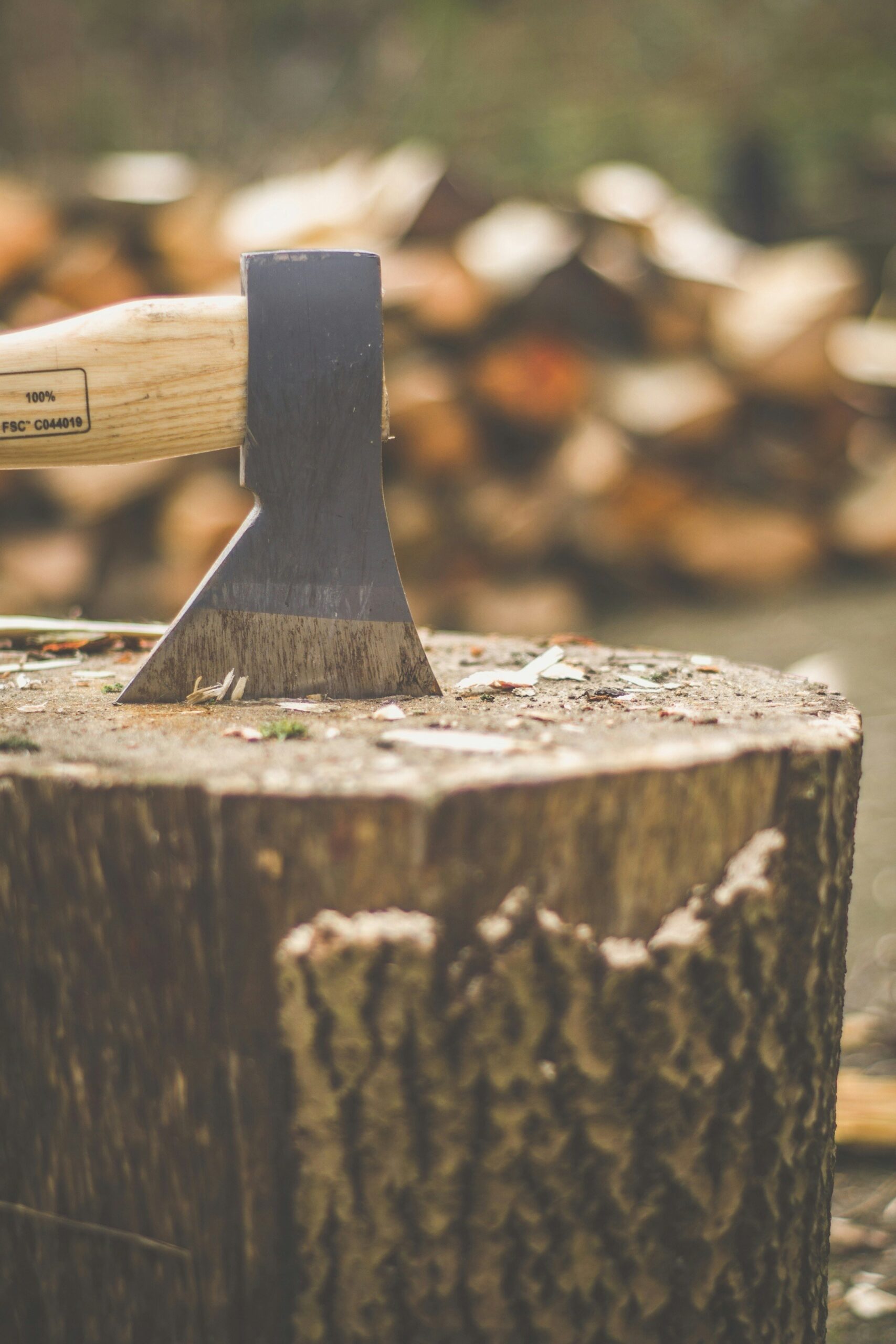
Selecting the right axe and equipment is crucial for beginners in axe throwing. This section covers choosing an appropriate axe, must-have gear and accessories, and setting up a safe practice area at home. Understanding these key elements helps new throwers build a solid foundation for their training and ensures a safe and enjoyable experience.
Choosing an Appropriate Axe for Beginners
Beginners should focus on selecting a lightweight and well-balanced axe for easier control. The ideal axe for novice throwers typically weighs between 1.5 to 2 pounds and measures 14 to 19 inches long. Look for axes with a straight handle and a symmetrical head to ensure consistent throws and proper rotation. Many axe-throwing venues provide suitable axes for beginners, allowing new throwers to experiment with different options before investing in their own equipment.
Must-Have Gear and Accessories
Alongside a suitable axe, beginners should invest in essential gear for safety and practice. Closed-toe shoes are mandatory to protect feet from falling axes. Comfortable, breathable clothing allows for unrestricted movement during throws. A target board, typically made of wood or compressed foam, is necessary for practice. Some throwers use finger tape to prevent blisters and improve grip. Safety glasses provide added protection, especially when throwing indoors or in group settings.
Setting Up a Safe Practice Area at Home
Setting up a safe practice area at home requires careful consideration of space and safety measures. Throwers should designate an outdoor area with at least 15 feet of clear space in front of the target. The target should be securely mounted on a sturdy backing, such as a wooden frame, to prevent axes from bouncing back. Essential safety measures include:
Ensuring Safety While Axe Throwing
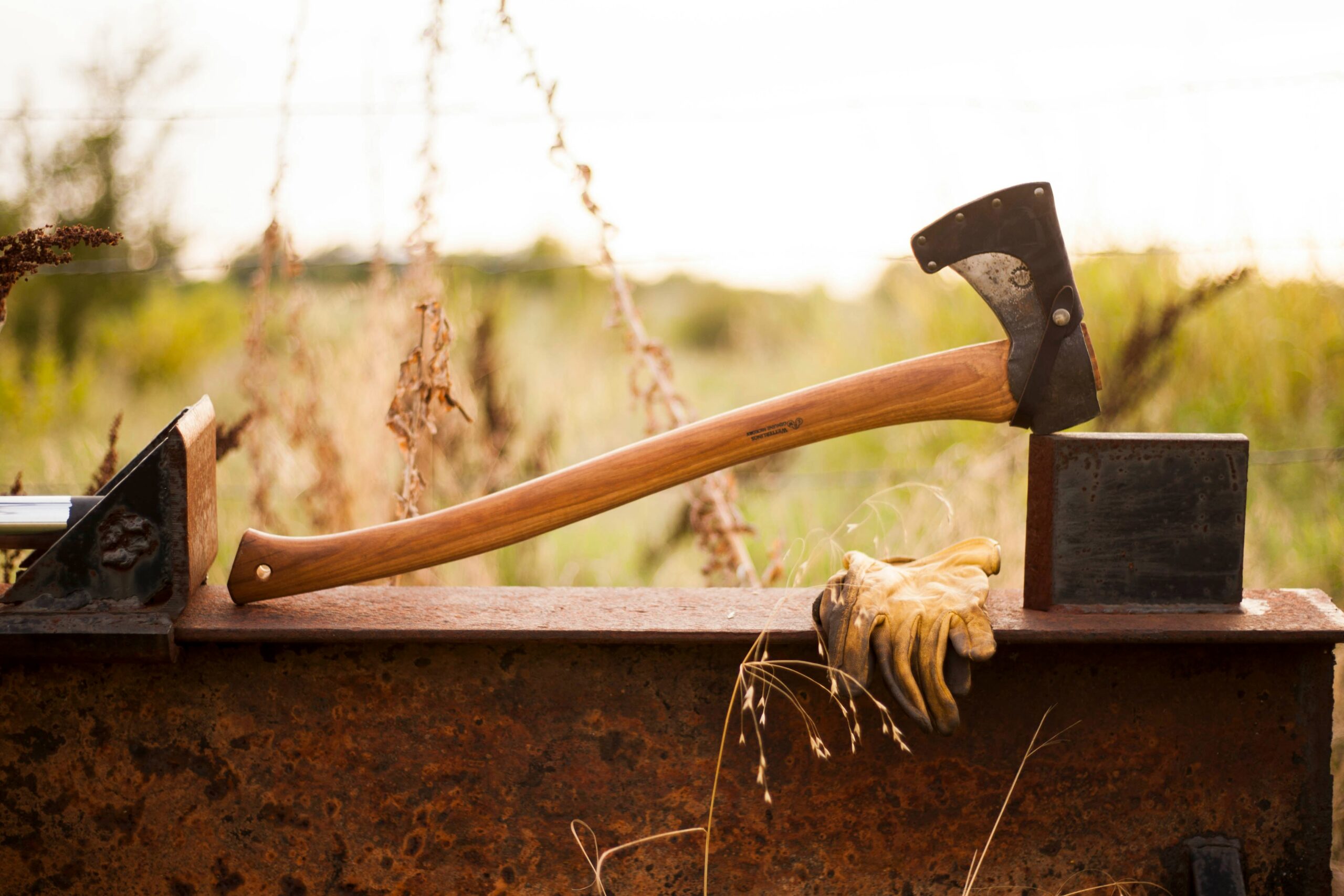
Safety is paramount in axe throwing. This section covers proper stance and grip techniques to prevent injuries, guidelines for establishing safe distances and zones, and essential protective measures for beginners. By following these safety practices, new throwers can enjoy the sport while minimizing risks.
Proper Stance and Grip Techniques
Proper stance and grip techniques form the foundation of safe axe throwing. Throwers should stand with feet shoulder-width apart, body facing sideways to the target. The dominant hand grips the axe handle near the bottom, with the thumb and index finger forming a “V” shape. This stance provides stability and control, reducing the risk of losing balance or accidentally releasing the axe. A firm yet relaxed grip allows for a smooth release and consistent throw.
Establishing Safe Distances and Zones
Establishing safe distances and zones is crucial for axe-throwing safety. Throwers should maintain a distance of 10 to 15 feet from the target, marked clearly on the ground. A safety zone of at least 6 feet should be designated behind the throwing line, keeping spectators and other throwers safe. Clear signage and physical barriers help enforce these zones, ensuring everyone understands and respects the safety boundaries.
Protective Measures for Beginners
Beginners in axe throwing should prioritize protective measures to ensure safety. Closed-toe shoes are essential to shield feet from falling axes. Some venues require or recommend safety glasses to protect eyes from wood chips or debris. Finger tape can prevent blisters and improve grip, enhancing control during throws. Novice throwers should also practice proper axe handling techniques, such as carrying the axe with the blade pointed downward and never attempting to catch a falling axe.
Learning Essential Axe Throwing Techniques
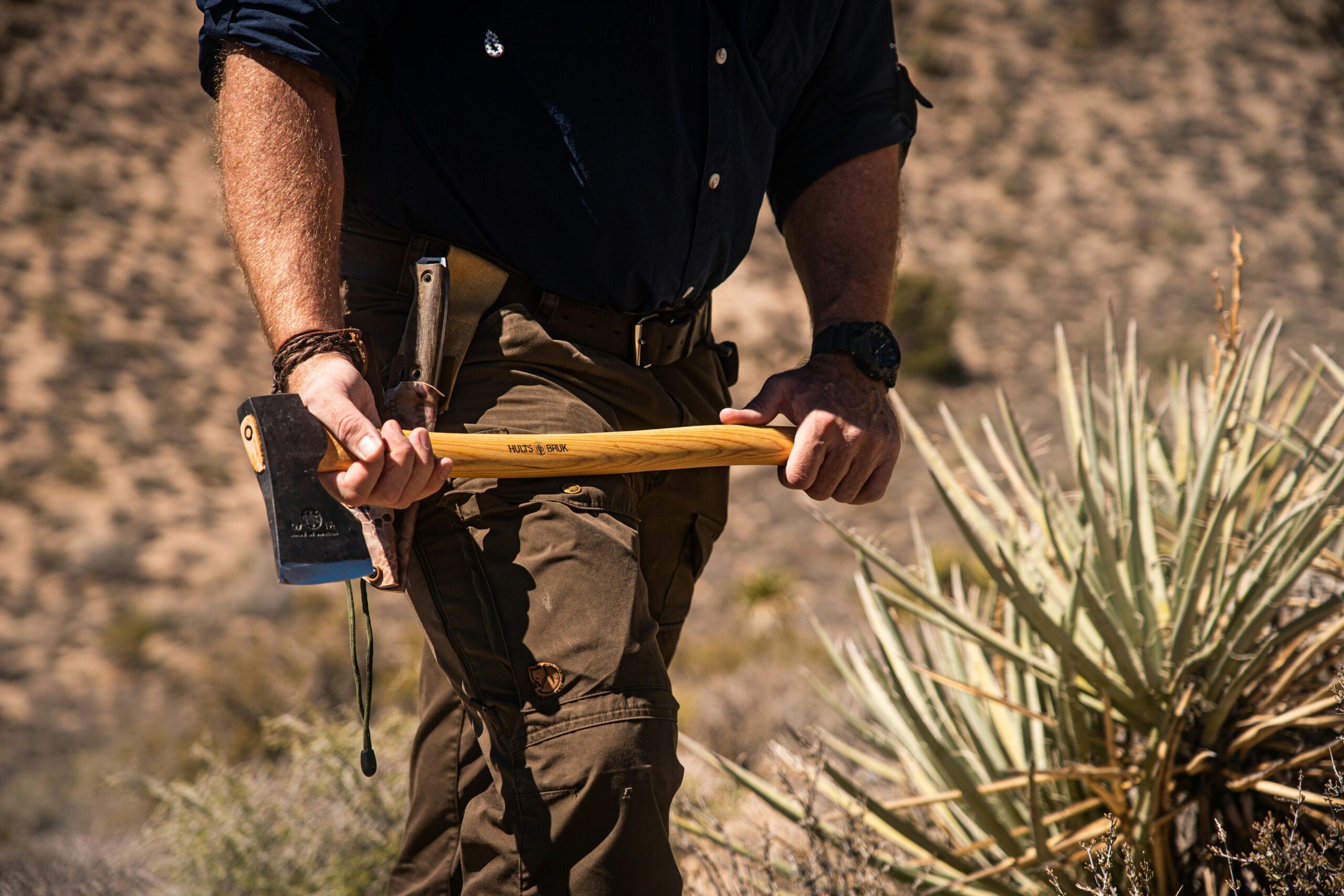
Learning essential axe-throwing techniques is crucial for beginners. This section covers mastering one-handed and two-handed throws, identifying common mistakes and their corrections, and developing consistency. These fundamental skills form the basis for successful axe throwing, helping new throwers improve their accuracy and enjoy the sport safely.
Mastering the One-Handed Throw
The one-handed throw is a fundamental technique in axe throwing that beginners must master. Throwers start by gripping the axe near the end of the handle with their dominant hand, standing sideways to the target. They then raise the axe above their head, keeping their elbow bent, and smoothly bring it forward straight towards the target. The key to a successful one-handed throw lies in the release timing and consistent follow-through, ensuring the axe rotates properly to stick in the target.
Practicing the Two-Handed Throw
The two-handed throw offers beginners a stable alternative to the one-handed technique. Throwers grip the axe with both hands near the end of the handle, standing facing the target with feet shoulder-width apart. They raise the axe above their head, keeping elbows slightly bent, then step forward with the non-dominant foot while bringing the axe down and forward in a smooth arc. Proper timing and a consistent release point are crucial for achieving the correct rotation and sticking the axe in the target.
Common Mistakes and How to Correct Them
Beginners often make common mistakes in axe throwing that can hinder their progress. These include gripping the axe too tightly, throwing with excessive force, and focusing solely on the target rather than their form. To correct these issues, new throwers should practice relaxing their grip, focus on smooth, controlled throws, and pay attention to their stance and release technique. Consistent practice and self-awareness help identify and rectify these mistakes, improving accuracy and performance.
Developing Consistency in Your Throws
Developing consistency in axe throwing requires regular practice and attention to form. Throwers should repeat the same motions with each throw, maintaining a steady stance, grip, and release point. Consistency improves as throwers develop muscle memory through repetition. To enhance consistency, beginners should practice in short, focused sessions and track their progress. Key elements to focus on include:
- Maintaining a consistent throwing distance
- Using the same grip and arm position for each throw
- Focusing on a smooth, controlled release
- Practicing proper follow-through after each throw
Enhancing Accuracy and Precision
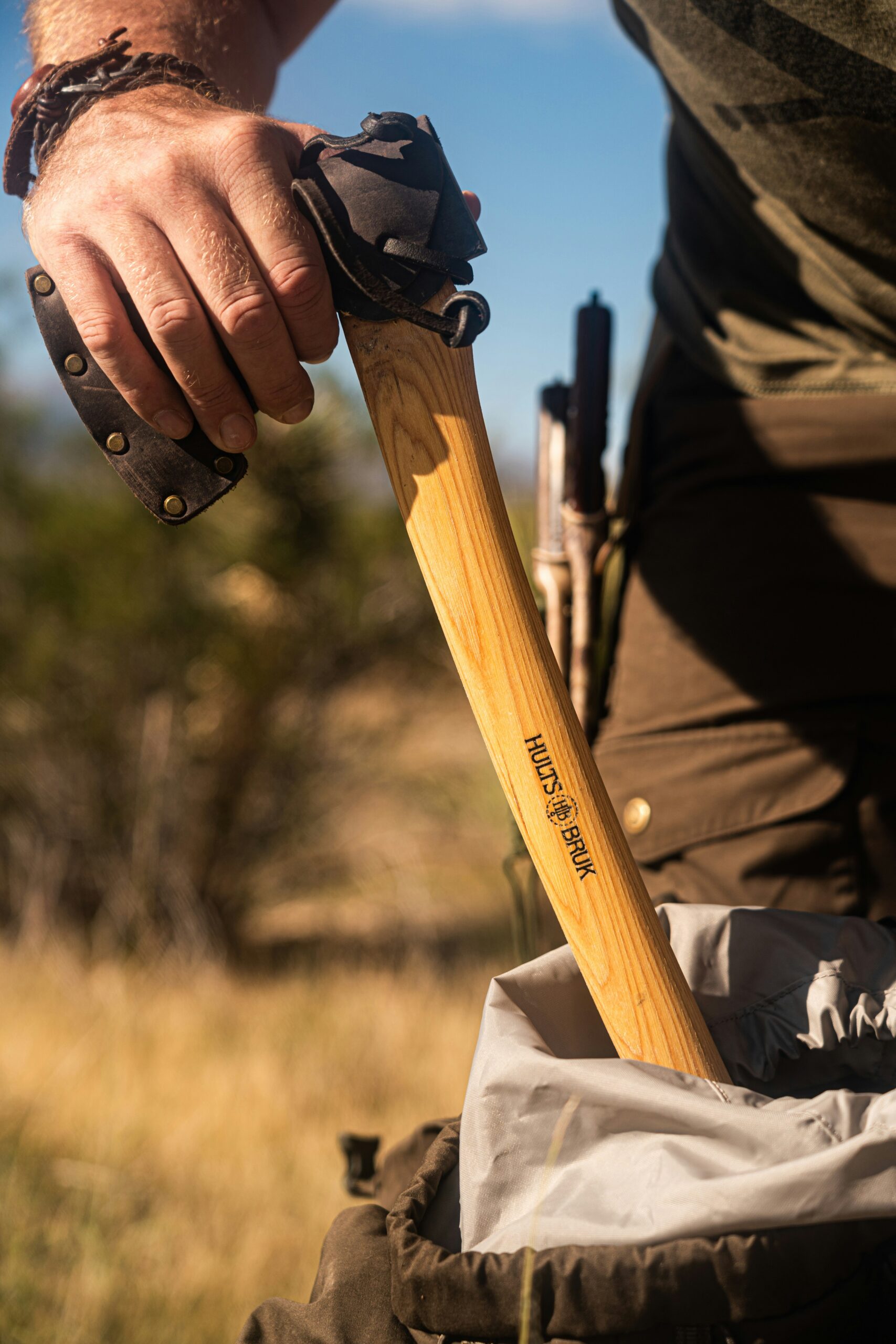
Enhancing accuracy and precision is crucial for beginner axe throwers. This section covers techniques to improve grip and release timing, focus on target alignment, and effective drills for better performance. By mastering these skills, new throwers can significantly boost their accuracy and enjoyment of the sport.
Improving Grip and Release Timing
Improving grip and release timing is crucial for enhancing accuracy in axe throwing. A proper grip involves holding the axe near the end of the handle with a firm but relaxed grasp. Throwers should focus on maintaining consistent pressure throughout the throw. Release timing is equally important, with the axe leaving the hand at the apex of the throwing motion. Beginners can improve these aspects by practicing slow-motion throws and gradually increasing speed as they gain confidence. Key elements to focus on include:
- Experimenting with different grip positions
- Practicing smooth, fluid arm movements
- Using visual cues to time the release
- Developing muscle memory through repetition
Focusing on Target Alignment
Focusing on target alignment is crucial for improving accuracy in axe throwing. Throwers should establish a consistent aiming point on the target, typically the bullseye or a specific scoring zone. They can enhance alignment by using their non-throwing hand to point at the target before throwing, creating a visual line from their eye to the desired impact point. Practicing proper body positioning, with the shoulders square to the target, also helps maintain consistent alignment throughout the throw:
- Choose a specific aiming point on the target
- Use the non-throwing hand as a guide
- Maintain square shoulders to the target
- Practice consistent body positioning
Drills and Exercises for Better Performance
Drills and exercises play a crucial role in improving axe-throwing performance. Beginners can enhance their skills through target practice, focusing on hitting specific areas of the board. Consistency drills, where throwers aim to stick the axe in the same spot multiple times, help develop muscle memory and improve accuracy. Another effective exercise involves practicing throws from different distances to adapt to varying conditions:
- Target practice focusing on specific board sections
- Consistency drills for developing muscle memory
- Distance variation exercises to improve adaptability
- Timed rounds to simulate competition pressure
Getting Involved in the Axe-Throwing Community

Getting involved in the axe-throwing community enhances skills and enjoyment for beginners. This section explores finding local clubs and venues, participating in beginner-friendly competitions, and learning from experienced throwers. These activities provide opportunities to practice, compete, and gain valuable insights, helping new throwers improve their techniques and connect with fellow enthusiasts.
Finding Local Clubs and Venues
Beginners can find local axe-throwing clubs and venues by searching online directories or social media platforms. Many cities now have dedicated axe-throwing facilities that offer open sessions and leagues for newcomers. Aspiring throwers can also check with sports centers, recreation departments, or outdoor activity groups for information on nearby opportunities. Visiting these locations allows beginners to try different axes, learn proper techniques, and meet experienced throwers in a safe, supervised environment.
Participating in Beginner-Friendly Competitions
Participating in beginner-friendly competitions offers new axe throwers a chance to test their skills in a supportive environment. Many local venues and clubs organize events specifically for novices, featuring simplified scoring systems and relaxed rules. These competitions allow beginners to experience the thrill of competition while learning from more experienced throwers. Participants can gain valuable insights into proper techniques, mental preparation, and competition etiquette, helping them improve their skills and confidence in a fun, low-pressure setting.
Tips for Learning From Experienced Throwers
Learning from experienced axe throwers can significantly accelerate skill development for beginners. New throwers should observe seasoned competitors during practice sessions or competitions, paying attention to their techniques, stance, and mental preparation. Beginners can also seek mentorship from skilled throwers, asking for feedback on their form and advice on improving accuracy. Many experienced throwers are willing to share tips and tricks, offering valuable insights that can help novices overcome common obstacles and refine their techniques:
- Observe experienced throwers during practice and competitions
- Ask for feedback on form and technique
- Seek mentorship from skilled competitors
- Request advice on improving accuracy and consistency
- Learn about mental preparation strategies
Conclusion
Mastering axe throwing requires understanding the fundamentals, selecting proper equipment, and prioritizing safety. By learning essential techniques and focusing on accuracy; beginners can quickly improve their skills and enjoy this engaging sport. Participating in the axe-throwing community offers valuable opportunities for growth, practice, and friendly competition. With dedication and proper training, novice throwers can develop their abilities, gain confidence, and fully appreciate the unique challenge and excitement of axe throwing.

